Before You Start Tying Riffling Hitch Tube Flies: A Handy Tool for the Job Before…
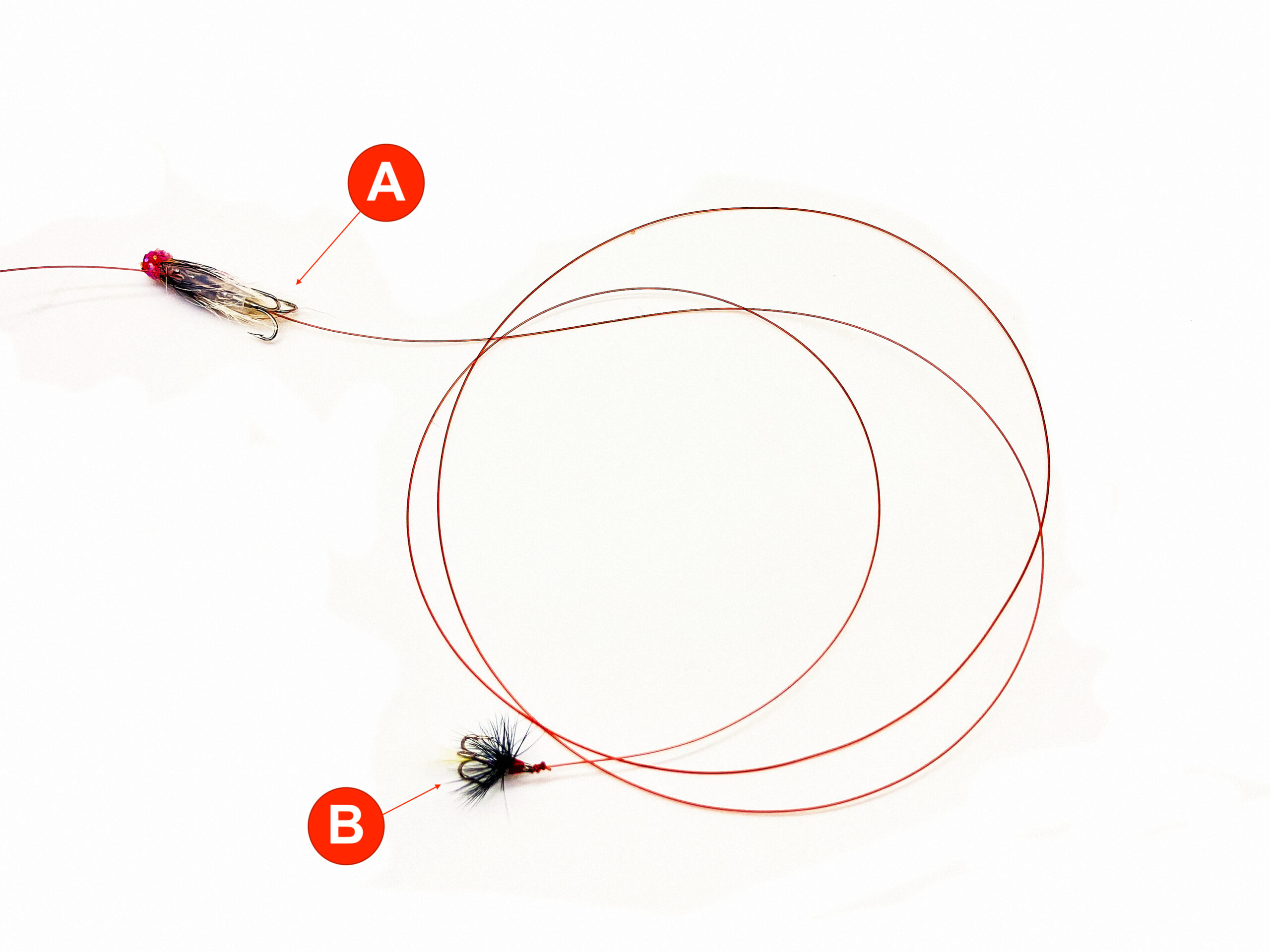
Micro stinger and hitch In Scotland
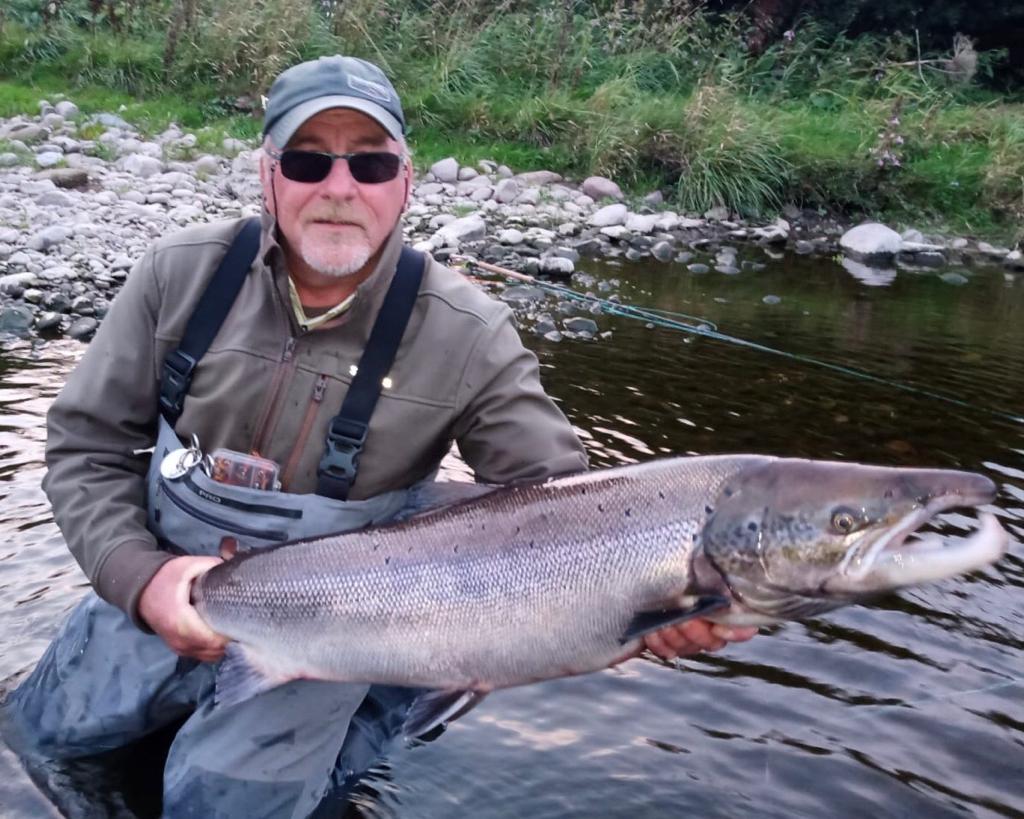
Scottish know-how
Local insight
Spending each day by the river throughout the fishing season grants a depth of understanding regarding the varied moods and subtle shifts in behavior of Atlantic salmon and trout that few anglers ever attain. Advice from a seasoned local angler or ghillie can often provide invaluable insights to visiting day ticket anglers.
Micro flies … the essential requirement
During periods of low water and warm temperatures, or when the fish seem unresponsive, you’ll frequently discover that the flies required to entice such wary fish are among the smallest in your fly box. In slow-moving water, a sparsely dressed fly might be necessary to ensure precise presentation at the rear of a pool. Alternatively, the daily emergence of local insects like stoneflies, caddisflies, or mayflies may have conditioned the fish to respond only to patterns that closely resemble these familiar sights.
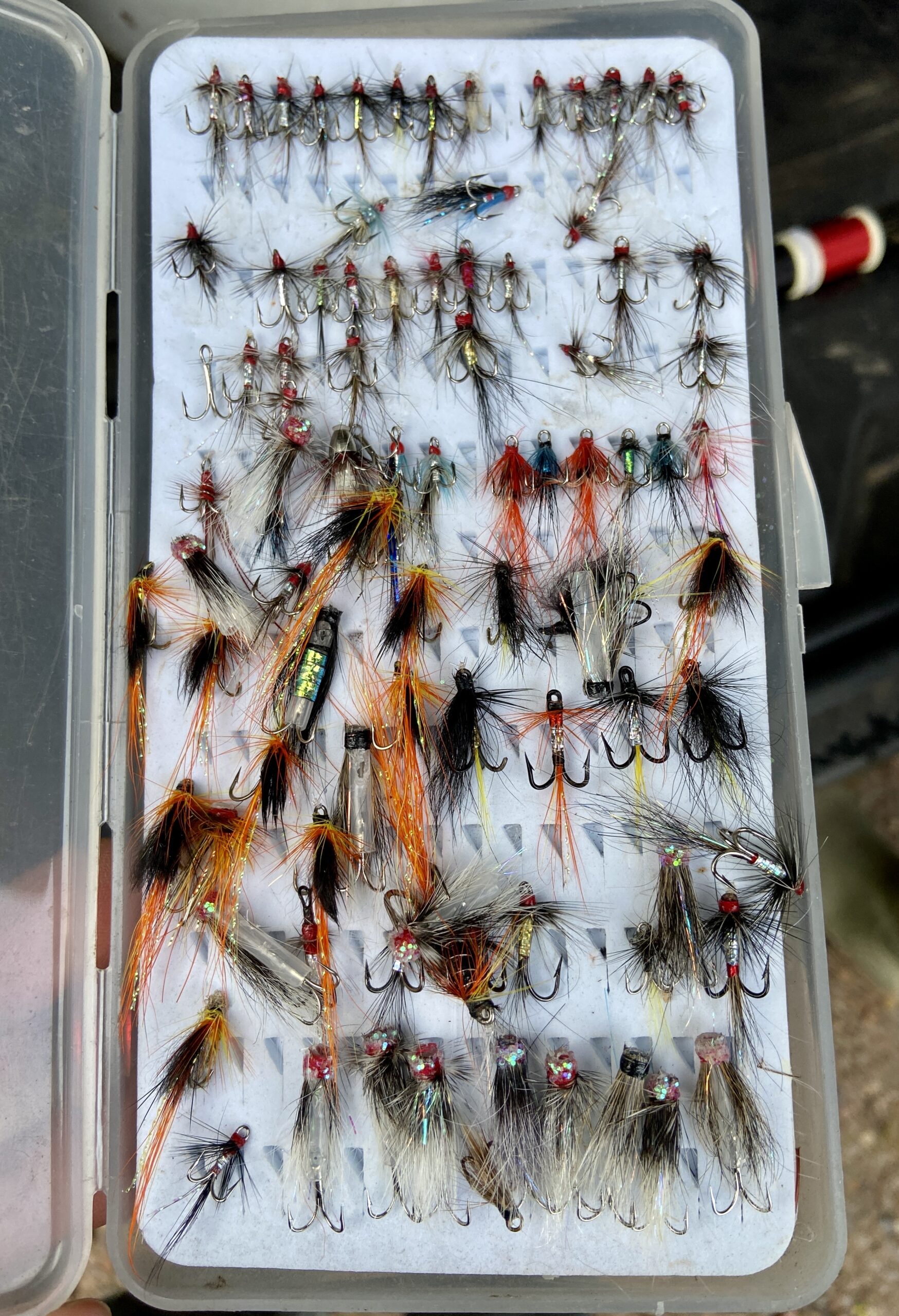
A sneak peek into Ron´s box of micro flies – The tiny Micro treble hook flies # 16 – 20 are seen in the top part of the box.
See small outpoint silver trebles # 16 for your micro fly tying here

How to
When you tie on the tube-hitch fly hook, leave the amount of tippet from the knot that you want for the trailing fly
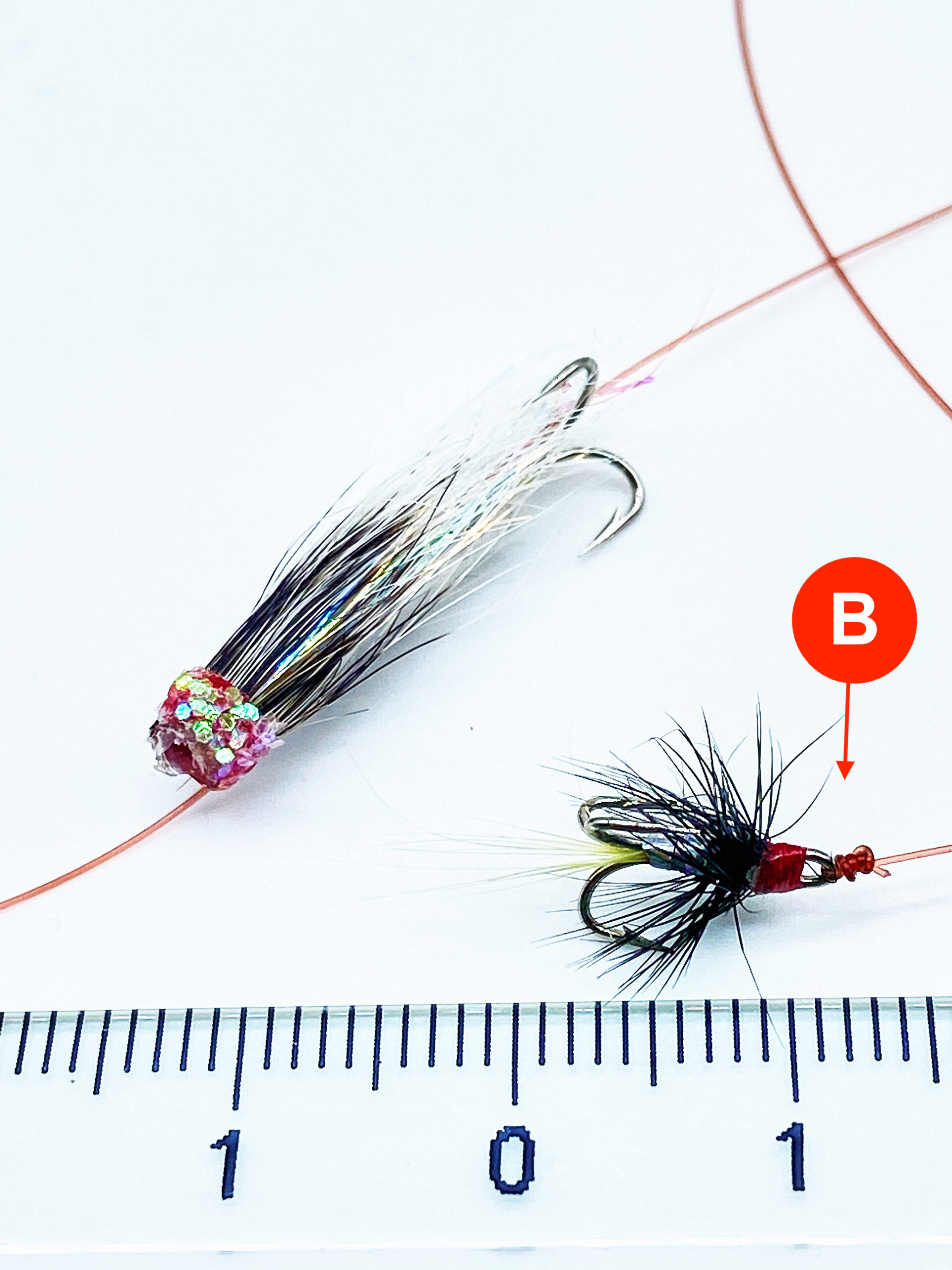
Micro outpoint treble hook flies
Ron´s hitch tube fly and on a small fly tied on a outpoint treble hook – Ron also use micro flies tied on single hooks.
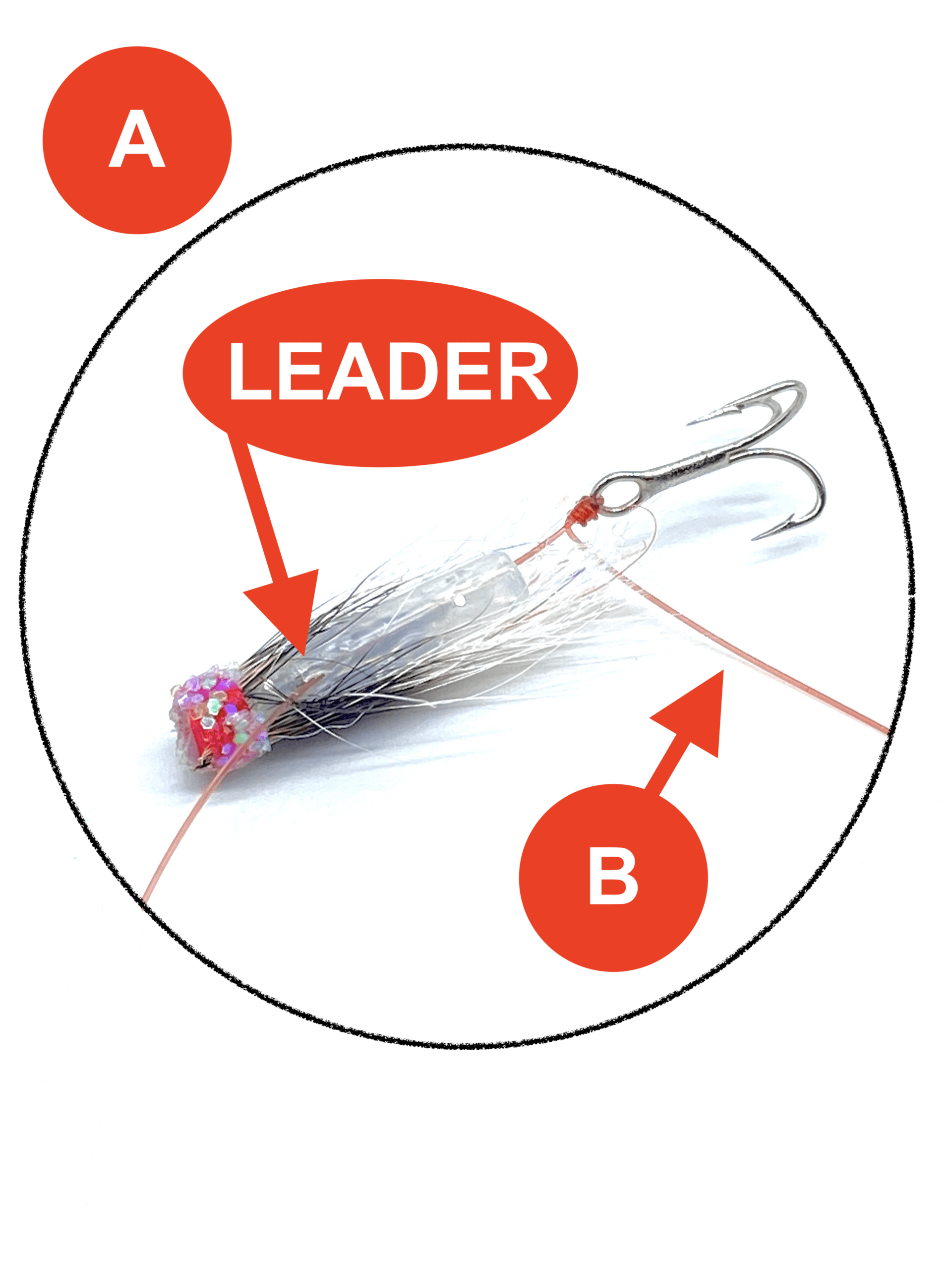
The set-up
Keep it simple
Trailing flies – what is it all about?




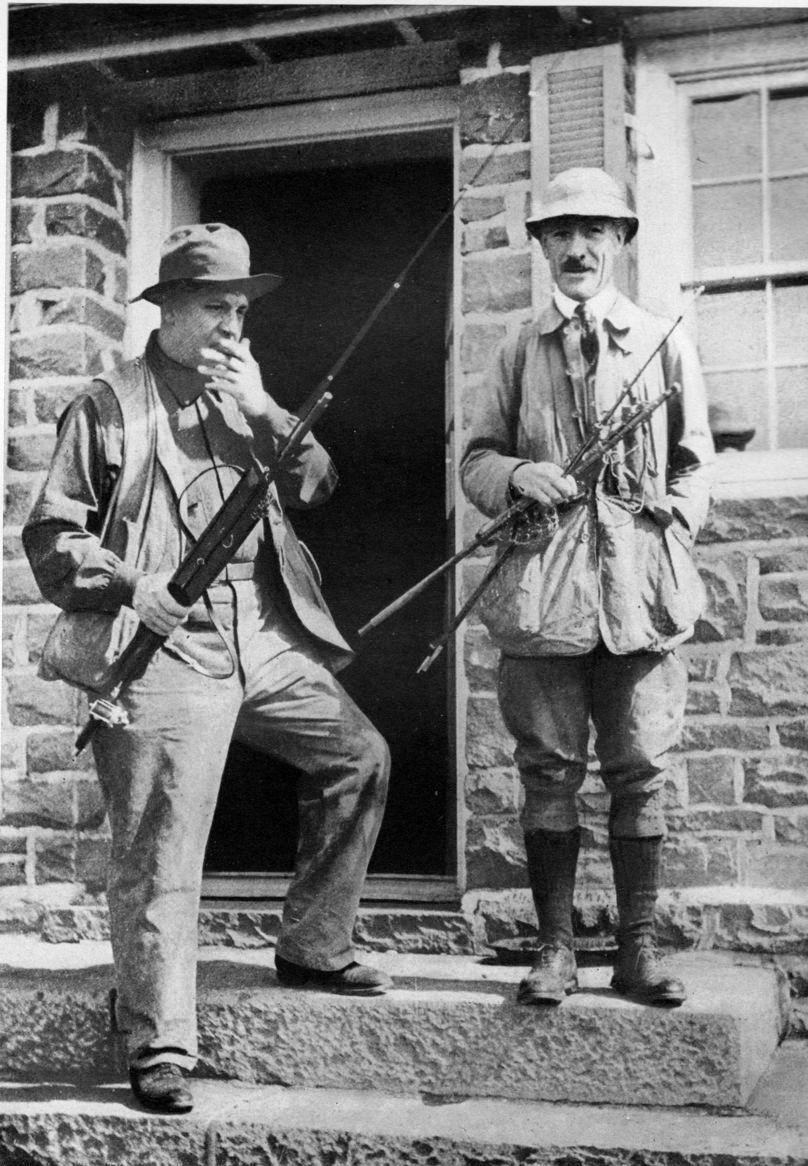
Comments (0)